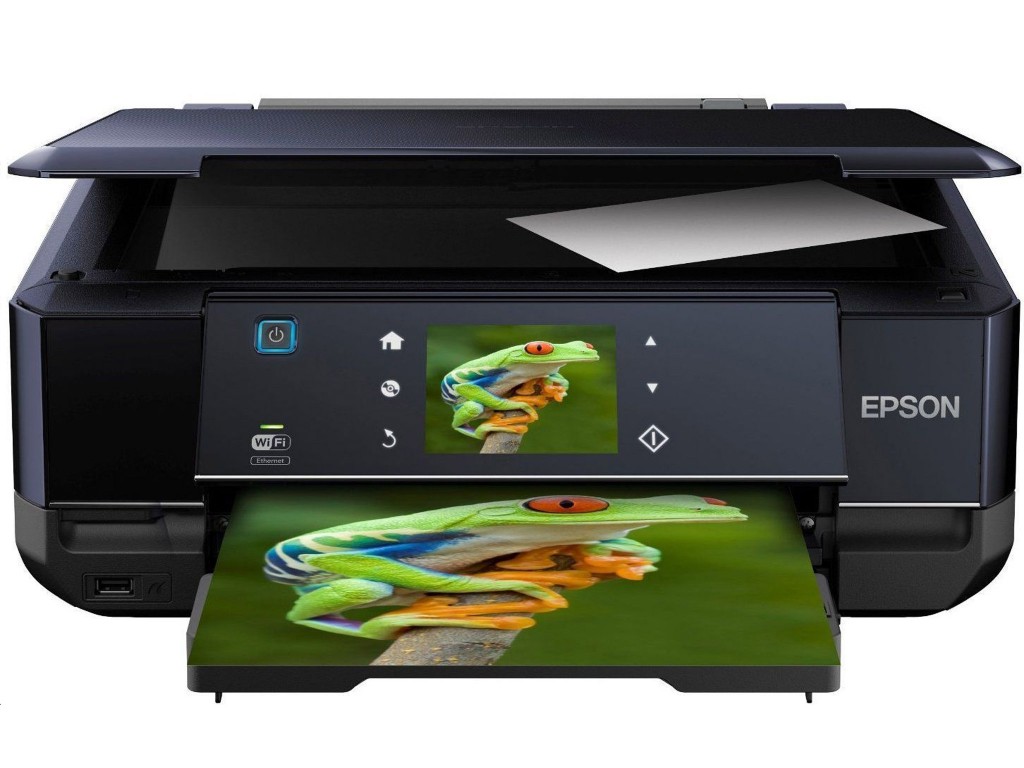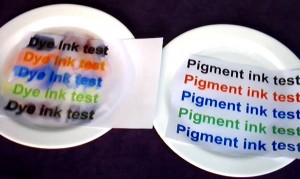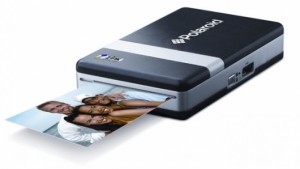For a long time running, people didn’t have the option of printing their own photos. This simple fact meant that photography wasn’t as popular a hobby or profession as it is today. In conjunction with the appearance of user friendly cameras and smartphones with high quality cameras, what digital photo printers have done is made photography accessible to any individual with an inherent talent.
However, the availability of high quality devices isn’t enough to turn the average Joe to a great photographer. Hard work aimed at learning the ropes of this new age art form and due diligence on buying the right equipment are required too. Hence, if you want to try your hand at photography, then you need to consider a few things while buying a digital photo printer.
 Which Type of Digital Photo Printer?
Which Type of Digital Photo Printer?
Initially, there were basic inkjet printers. As people’s needs grew, Original Equipment Manufacturers (OEMs) introduced all – in – one printers or multifunction printers. As you most probably already know, the specialty of these printers is that they scan, fax, and copy over above printing. Finally, as demand was felt, OEMs introduced highly specialised printers for photography professionals.
Most varieties of specialised digital photo printer are based on inkjet technology that is advanced enough to produce high quality printing. If you’re even half serious about your digital photo printer, then you wouldn’t even consider laser printers.
If you’re really serious about printing photos, then you need to consider dedicated digital photo printers and near – dedicated digital photo printers. A dedicated photo printer, as the name suggests, is specifically designed for photos and can’t print anything else.
The difference between dedicated and near – dedicated digital photo printers is that the former can only print up to 5 x 7 inches but are portable while the latter aren’t portable but can handle images up to 13 x 19 inches. It’s might also be prudent to keep in mind that using a near – dedicated photo printer will require a certain level of expertise.
Which Ink?
 Another way through which you can categorise digital photo printers is their actual printing process. In terms of the kind of ink they use because within this category, there are only two – dye and pigment.
Another way through which you can categorise digital photo printers is their actual printing process. In terms of the kind of ink they use because within this category, there are only two – dye and pigment.
Dye based digital photo printers usually tend to be designed for use in all types of surroundings. The reason for this is that dye based prints have a coating on the surface that prevents smudging by resisting moisture.
A pigment based digital photo printer, however, will offer better quality. Pigment based prints are not only more vibrant but also significantly more long lasting than dye based prints.
How Portable?
 Portability only comes into play in unique circumstances.
Portability only comes into play in unique circumstances.
For instance, if you are a serious photographer, construction manager, or field photographer, then a lightweight and compact digital photo printer can be a boon for you.
With such printers, you would be able to essentially click, print, and deliver at the location of the shoot, itself.
At the same time, you should remember that buying a portable printer will limit your print size as well. Moreover, most portable digital photo printers are dye based which means lower vibrancy and durability.
What Printing Size?
Knowing your needs in advance is will help you in wide variety of ways, when it comes to buying a digital photo printer. For instance, if you knew what dimensions of prints you’re going to need, then it will help you. Virtually every digital photo printer can handle the standard photo prints i.e. 4 x 6 inches.
However, if you want to have the option of printing something bigger, then your options will be fewer. Still, many modern day digital photo printers can print up to 13 x 19 inches which many professional photographers need off and on.
What Total Cost Of Ownership?
 It’s very common for uninformed consumers to buy digital photo printers based on their initial cost. However, a digital photo printer like all machines that use consumables, has running costs that can end up being more than the initial cost.
It’s very common for uninformed consumers to buy digital photo printers based on their initial cost. However, a digital photo printer like all machines that use consumables, has running costs that can end up being more than the initial cost.
It would be wise for you to consider the total cost of ownership of the digital photo printer which includes the initial cost of acquisition and the running costs.
When you start considering digital photo printers on the basis of their total costs of ownership, you’ll notice a clear trend. This trend is that printers available at really cheap prices end up having incredibly high total cost of ownership on the back of the prices of their consumables.
On the other hand, the total cost of ownership of digital photo printers priced in the mid or high range will be comparable to their cheaper compatriots. This means that the total cost of ownership can be lower or equivalent.
Calculating the total cost of ownership isn’t that difficult either because photo papers have a finite number of leaves while photo cartridges come with page yields at five percent page coverage. The cost of every leaf of photo paper can be calculated by dividing the cost of the photo paper pack with the number leaves.
Similarly, the cost of ink per printed sheet can be calculated by dividing the cost of ink cartridges by their combined capacity of pages. Adding the cost of ink per printed sheet and the cost of every leaf of photo paper will give you the cost of printing one photo with your printer.
Now, to get the total cost of ownership, you just need to multiply this number with the number of photo you expect to print in a given period of time. This could be a month, a quarter, half year, or annual. After multiplying, add the initial cost of the digital photo printer and you have the final total cost of ownership.
Calculate the total cost of ownership of every digital photo printer you’re considering, compare them, and you’ll have a clear understanding of the financial ramifications of your final choice.
What Connectivity Requirements?
Connectivity is another element you should consider before buying any particular digital photo printer. There is a whole gamut of connectivity options available with digital photo printers. These options are as diverse as general inkjet or laser printers.
Typically, most printers will have a USB port to connect them to a computer and print from them. Some will have the capability to print directly from a USB flash drive. There will be a few with an Ethernet port which will make it easy for them to be shared over a network.
Wi-Fi connectivity on digital photo printer is all the rage these days. So are PictBridge connectivity, Bluetooth connectivity, remote cloud connectivity, and Air Print connectivity. There’s no limit to the options you’ll find. Just make sure that you’ve considered everything from platform to the type of port being used.
Are There Other Considerations?
You are most probably wondering why we haven’t focused on the things that people are advised to consider while buying general printers. Elements like the speed of the printer and its duty cycle.
The reason is simply that these elements are not as crucial as the ones we’ve already covered. For instance, speed is very rarely a big factor in the world of professional photography. The slowest digital photo printers take about two minutes to print a standard 4 x 6 inches photograph.
The standard rule with duty cycle of printers is that you will rarely ever print more than what the duty cycle rating of that printer is. The same applies to a digital photo printer. It is highly unlikely that you’ll ever need to print more than the duty cycle specified on the digital photo printer box.
Leave a Reply